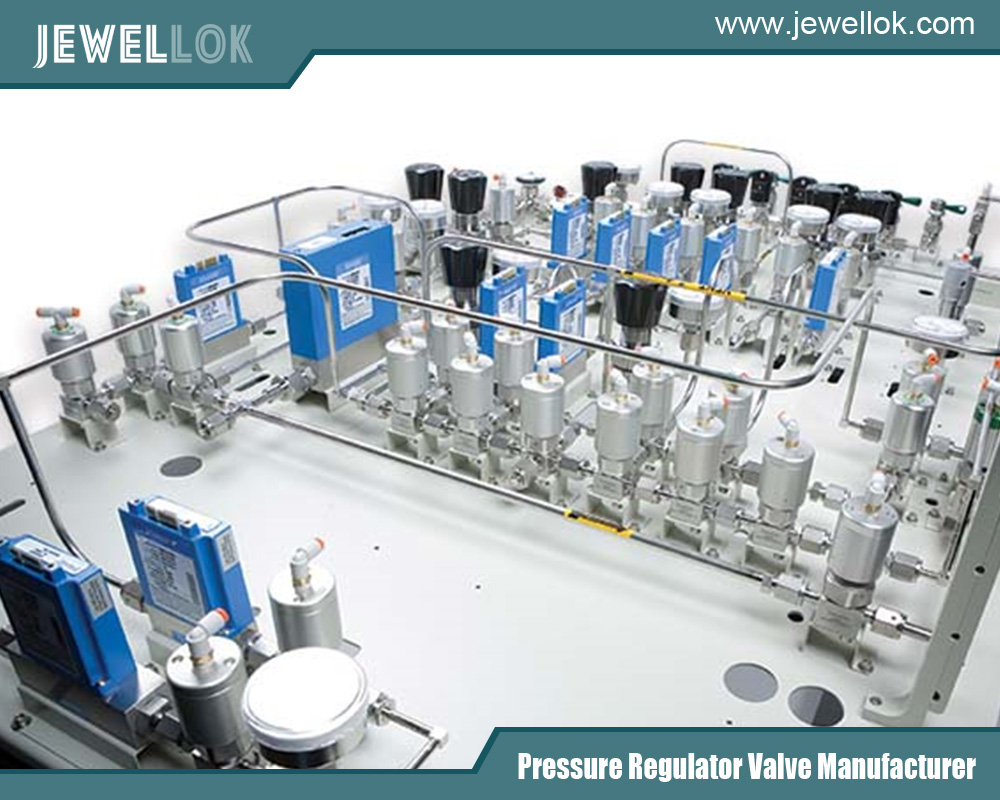Blog
Jewellok is a professional pressure regulator and valve manufacturer and supplier.
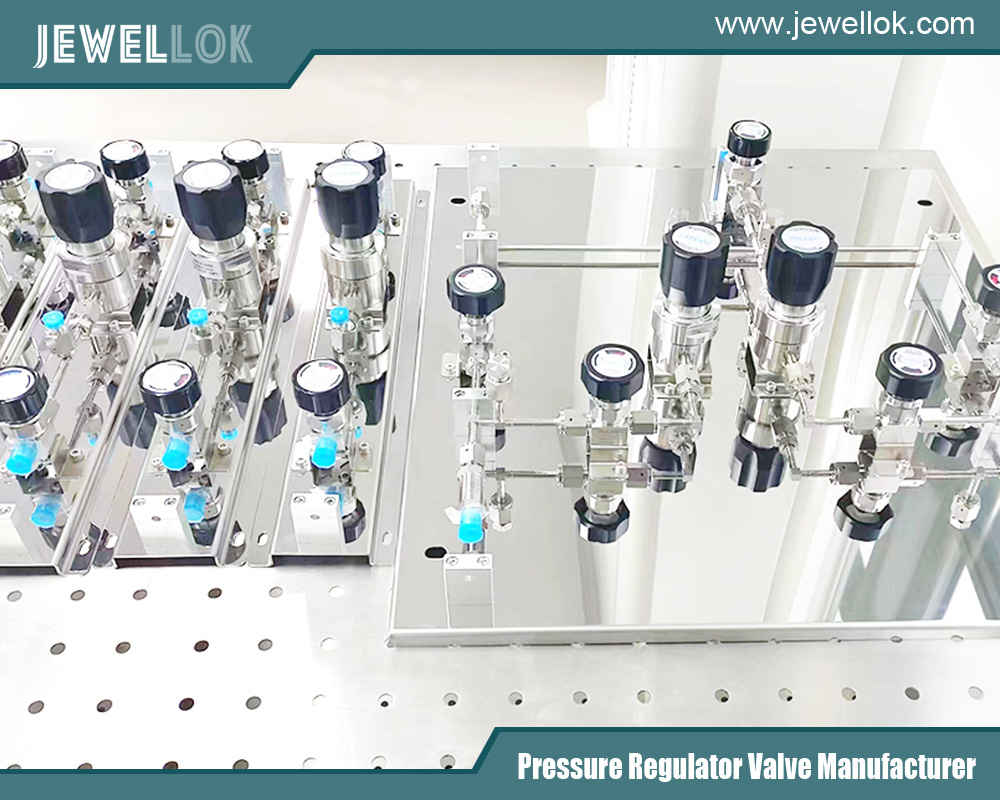
How a Solenoid Valve Works: Understanding the Basics of an Electro-Mechanical Control System
- Pressure Regulator Valve Manufacturer
- 2 inch irrigation solenoid valve, 6mm equivalent, adjustable propane regulator, adjusting propane regulator, argon hose fitting, characteristics of pressure, diaphragm suppliers, electro-mechanical control system, electro-mechanical control system factory, electro-mechanical control system hotsale, electro-mechanical control system manufacturer, electro-mechanical control system supplier, electro-mechanical control system wholesale, gas filter, gas regulator, gas used in semiconductor manufacturing, high pressure flexible hose, how a solenoid valve works, how does pressure regulator work, how solenoid valves work, industrial grade purity, low pressure regulator, pressure gauge manufacturers, relief vs safety valve, safety relief valve vs pressure relief valve, solenoid valve for ammonia gas 1 inch pipe, solenoid water valve, stainless pressure regulator, stainless steel 1/4 in. pressure gauge fitting - 3/8 qc, water solenoid valve 24v, what is a gas pressure regulator
- No Comments
How a Solenoid Valve Works: Understanding the Basics of an Electro-Mechanical Control System
Solenoid valves are integral components in various industrial and commercial systems, ranging from fluid control in HVAC units to automation in manufacturing processes. These valves, known for their ability to control the flow of liquids and gases, rely on an electro-mechanical mechanism to operate efficiently. Understanding how a solenoid valve works is essential for anyone designing, maintaining, or operating systems that rely on fluid and gas control. This article will explore the fundamental principles behind solenoid valves, their working mechanism, and the different types, applications, and maintenance considerations.
What is a Solenoid Valve?
A solenoid valve is an electro-mechanical control system operated valve that controls the flow of fluids or gases within a system. It consists of a coil (the solenoid) and a movable armature (plunger) interacting with the valve mechanism. When energized by an electric current, the solenoid generates a magnetic field that moves the plunger, opening or closing the valve, thus allowing or restricting fluid or gas flow.
Solenoid valves’ key feature is that they can be operated automatically using electrical signals, which makes them ideal for use in automated systems where precise control is necessary.
Critical Components of a Solenoid Valve
To understand how solenoid valves work, it is essential to examine the critical components involved in their operation:
- Solenoid Coil: The coil is made of wire wound around a metal core, which creates a magnetic field when an electrical current flows through it.
- Plunger (Armature): A movable part made of magnetic material that responds to the magnetic field produced by the solenoid coil. It is the component that opens or closes the valve.
- Valve Body: This is the housing for the solenoid and other components, and it contains one or more flow passages for fluid or gas.
- Spring:In many solenoid valves, a spring returns the plunger to its default position when the solenoid is de-energized.
- Seal: The seal prevents leaks around the plunger, ensuring the valve operates correctly and efficiently.
How Does a Solenoid Valve Work?
The operation of a solenoid valve is based on the interaction between the electric current and the solenoid’s magnetic field, which controls the position of the plunger. Here’s how it works step by step:
- Current Activation: When an electrical current is supplied to the solenoid coil, it generates a magnetic field.
- Movement of Plunger: Depending on the solenoid valve type, the magnetic field attracts or repels the plunger.
- Valve Action: As the plunger moves, it either opens or closes the valve, allowing or stopping fluid or gas flow.
- Deactivation:When the electrical current is turned off, the magnetic field collapses, and a spring mechanism (if present) returns the plunger to its default position, thereby closing or opening the valve, depending on the design.
Types of Solenoid Valves
Solenoid valves come in a variety of types designed for different applications. The basic categorization is often based on the function, flow direction, and valve design:
1. Two-Way Solenoid Valves
- Function: These valves have two ports (inlet and outlet) and control the on/off flow of fluid or gas.
- Typical Application:Simple applications such as turning a system on or off or controlling a single flow path.
2. Three-way solenoid Valves
- Function: These valves have three ports and control fluid flow between multiple paths. A three-way solenoid valve can redirect or combine flow from various sources.
- Typical Application: Used in systems requiring switching between two or more flows or directing flow to different system parts.
3. Four-Way Solenoid Valves
- Function: Four-way solenoid valves have four ports, typically used in complex systems like pneumatic circuits. They can control the direction of airflow to actuators.
- Typical Application:Common in automated machinery, HVAC systems, and robotics, where multiple control points are needed.
4. Normally Closed (NC) vs. Normally Open (NO) Valves
- Customarily Closed: In the de-energized state, the valve is closed, blocking the fluid flow. It opens when the solenoid is energized.
- Ordinarily Open: In the de-energized state, the valve opens, allowing flow. It closes when the solenoid is energized.
5. Pilot-Operated vs. Direct-Operated Solenoid Valves
- Pilot-Operated: These valves use a small pilot valve to control a more significant fluid or gas flow, making them suitable for high-pressure applications.
- Direct-Operated: The solenoid controls fluid or gas flow, typically in low-pressure or small-flow applications.
Applications of Solenoid Valves
Solenoid valves are used in various applications because they can control fluid or gas flow with high precision. Some of the most common applications include:
- Water Treatment Systems: Solenoid valves regulate water flow in filtration, treatment, and distribution systems.
- HVAC Systems: Used to control the flow of refrigerants and other fluids in heating, ventilation, and air conditioning systems.
- Industrial Automation: Solenoid valves control the flow of fluids and gases in machinery and manufacturing processes, especially in automation systems.
- Medical Equipment: Solenoid valves regulate the flow of gases and liquids in devices like ventilators and infusion pumps.
- Pneumatic Systems: Solenoid valves are used in pneumatic actuators and controls, especially in automated robotics and machinery.
- Fuel Systems: Solenoid valves are used in vehicles and engines to control fuel flow, ensuring optimal performance.
Advantages of Solenoid Valves
Solenoid valves offer several benefits that make them popular in fluid and gas control applications:
- Remote Control: Electrical signals can be controlled remotely, making them ideal for automated systems.
- Fast Response:The operation of solenoid valves is rapid, allowing for quick changes in fluid flow.
- Precision Control: Solenoid valves precisely control the amount of fluid or gas passing through the valve.
- Energy Efficient:Solenoid valves consume power only when activated, making them energy-efficient in many applications.
- Compact Design:These small valves are easily integrated into tight spaces within various systems.
Maintenance Considerations for Solenoid Valves
Proper maintenance of solenoid valves is essential to ensure their reliability and longevity. Here are some critical maintenance considerations:
- Regular Inspection: Check for leaks, corrosion, or damage to the valve body, seals, and other components.
- Cleanliness: Ensure that the solenoid and valve body are free of dirt, debris, and other obstructions that could affect the plunger’s movement.
- Solenoid Coil Care: Periodically inspect the solenoid coil for wear or damage. A malfunctioning coil can prevent the valve from operating correctly.
- Check Electrical Connections: Ensure that electrical connections are secure and corrosion-free to ensure reliable activation.
- Valve Actuation:Periodically test the valve to ensure it responds correctly to electrical signals and that the plunger moves freely.
- Temperature and Pressure Limits: Always ensure the valve operates within the specified temperature and pressure range. Exceeding these limits can damage the solenoid or valve components.
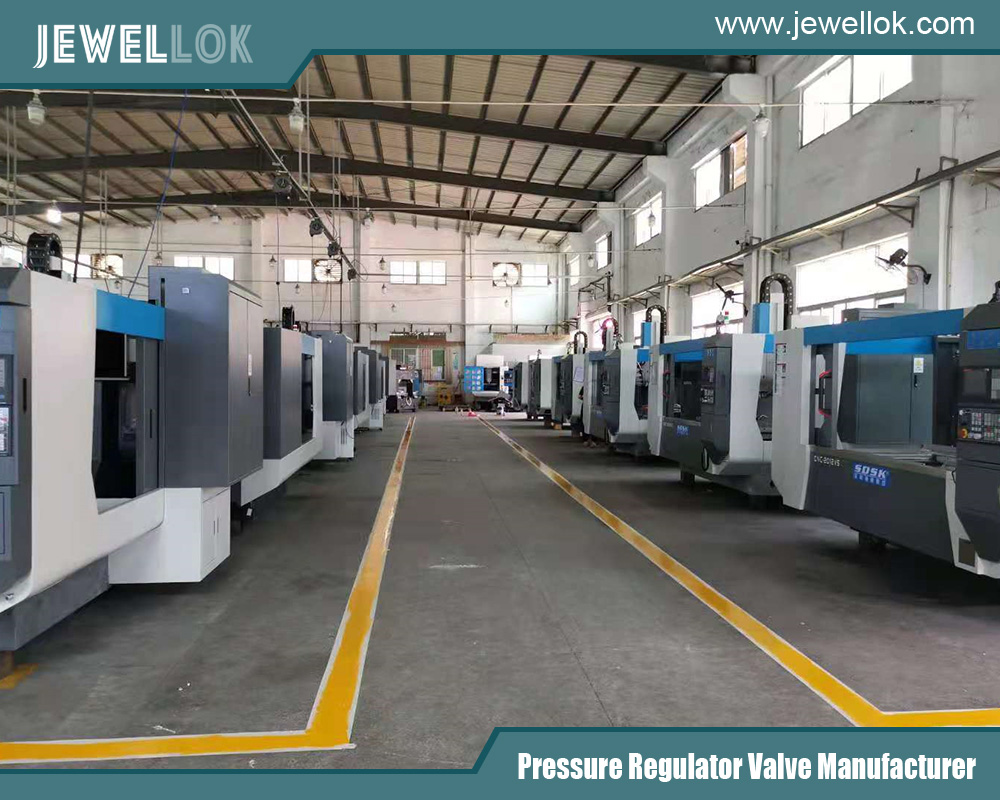
Conclusion
Solenoid valves are crucial in fluid and gas control systems across various industries. They understand how solenoid valves work, which involves recognizing the interplay between electrical energy and mechanical movement to control the flow of multiple substances. With their diverse applications, from industrial automation to medical devices, solenoid valves offer precise, efficient, and reliable control solutions. Regular maintenance and understanding the specific needs of your system are essential to ensuring that solenoid valves continue to perform optimally. By recognizing their operation, types, applications, and maintenance needs, you can maximize the performance and lifespan of solenoid valves in any system.
For more about how a solenoid valve works: understanding the basics of an electro-mechanical control system, you can pay a visit to Jewellok at https://www.jewellok.com/ for more info.
Recent Posts
Tags
Recommended Products
-
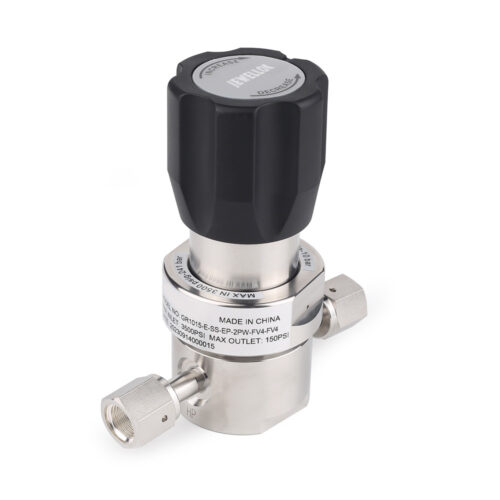
JR1000 Series UHP Ultra High Purity Single Stage Pressure Reducing Regulator And Low To Intermediate Flow
-
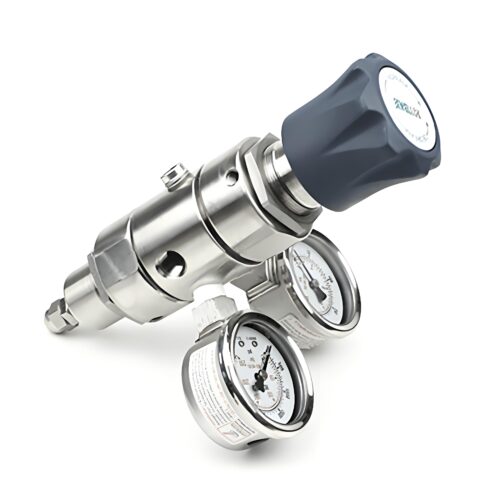
DPR1 Ultra High Purity Two Stage Dual Stage Pressure Reducing Regulator Semiconductor Grade Regulators
-
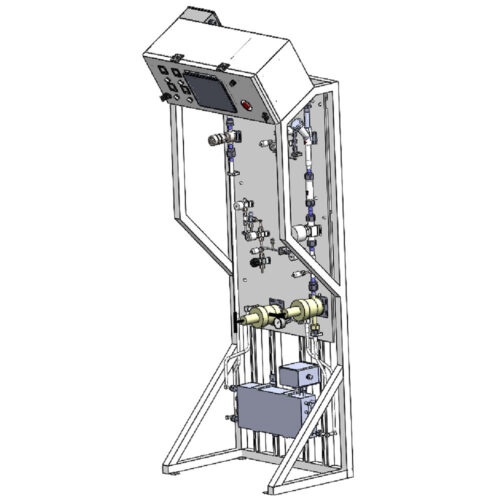
Fully Automated Gas Cabinet Gas Rack Gas Delivery Systems JW-300-GR
-
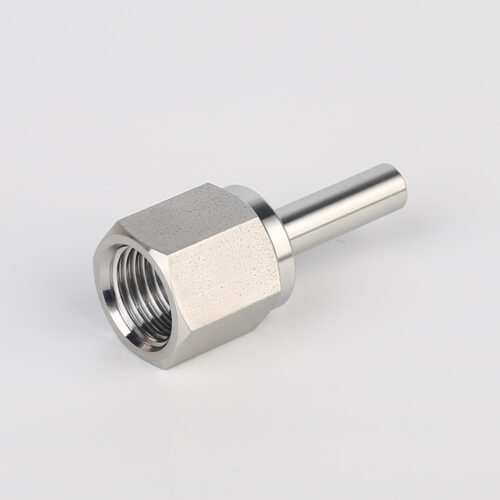
739LF High Purity Female Adapter Tube To Pipe Fittings And Connectors
-
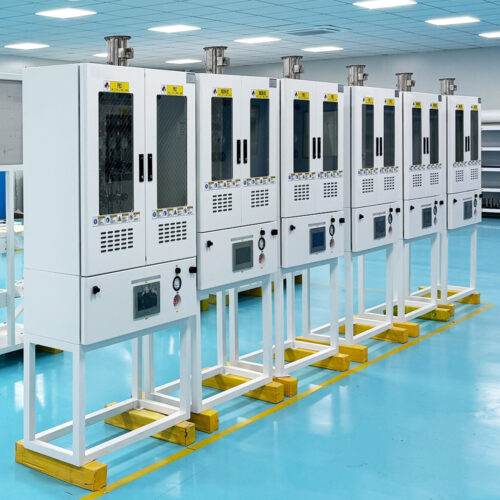
VMB Valve Manifold Panels And Boxes High Purity Configurable Systems JW-200-VMB & JW-100-VMB
-
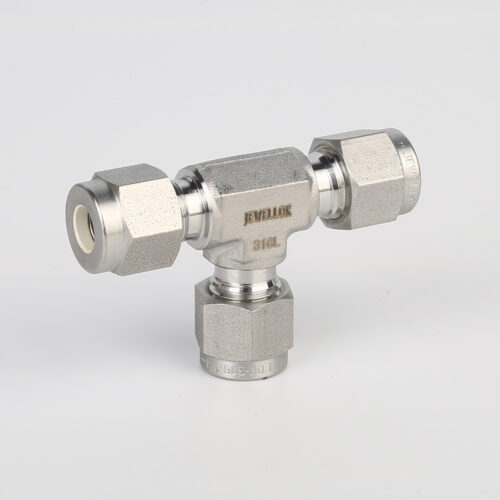
764L Stainless Steel Union Tee High Purity Fitting Union Tee Reducing Tubing Connection
-
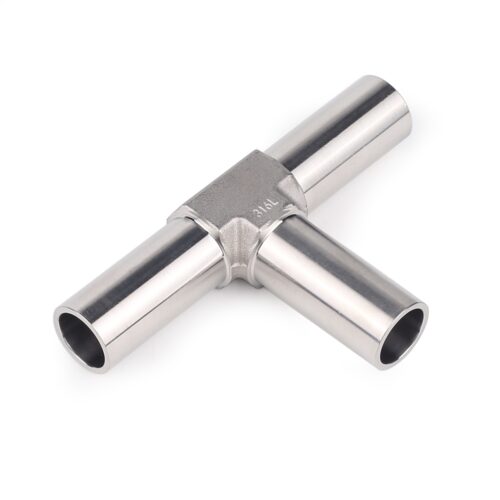
Stainless Steel Ultra Clean Welding Joint Fittings TW Series TRW Series & CW Series
-
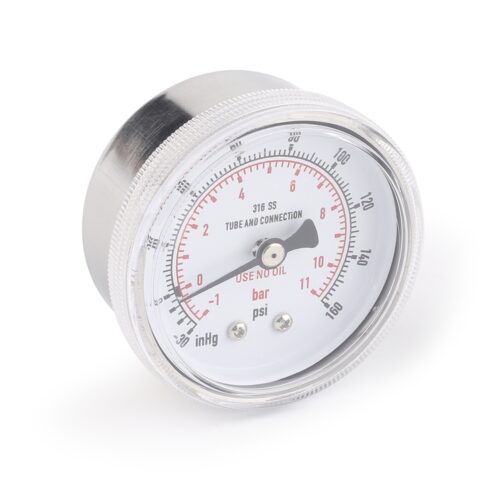
Ultra High Purity Pressure Gauge For Laboratory And Semiconductor JR Series
